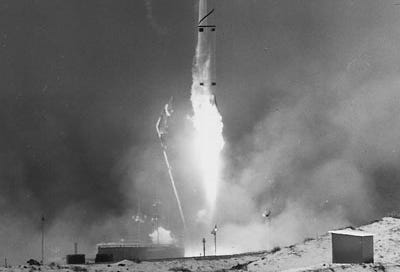During the Cold War, the United States embarked on a groundbreaking mission with Discoverer 1, the inaugural American spy satellite designed to achieve a polar orbit. Launched on February 28, 1959, from Vandenberg Air Force Base, California, it aimed to provide unprecedented surveillance capabilities during a time of intense geopolitical tension.
The DISCOVERER program' s primary goal was to develop a film-return photographic surveillance satellite to assess how rapidly the Soviet Union was producing long-range bombers and ballistic missiles and where they were being deployed. This new capability was poised to alter the landscape of reconnaissance, promising to deliver vital intelligence from a vantage point unreachable by conventional satellites. However, this ambitious mission faced an early setback when the satellite failed to achieve orbit.
The failure of Discoverer 1 underscored the formidable challenges associated with early space exploration. Technical limitations and the nascent nature of satellite technology contributed to the mishap, highlighting the risks inherent in pushing the boundaries of scientific and engineering frontiers.
Despite this setback, Discoverer 1 played a pivotal role in shaping the future of satellite reconnaissance. Subsequent missions learned from its failures, leading to the eventual success of Discoverer 14 in August 1959, which not only achieved polar orbit but also marked the first successful return of a film capsule from space.
The significance of satellites in modern warfare cannot be overstated. Today, satellites serve as indispensable tools for surveillance, communication, and reconnaissance. They provide real-time data, strategic insights, and a global perspective that is vital for military operations. The ability to achieve polar orbits, as originally envisioned by Discoverer 1, remains crucial for comprehensive Earth coverage and strategic advantage.





